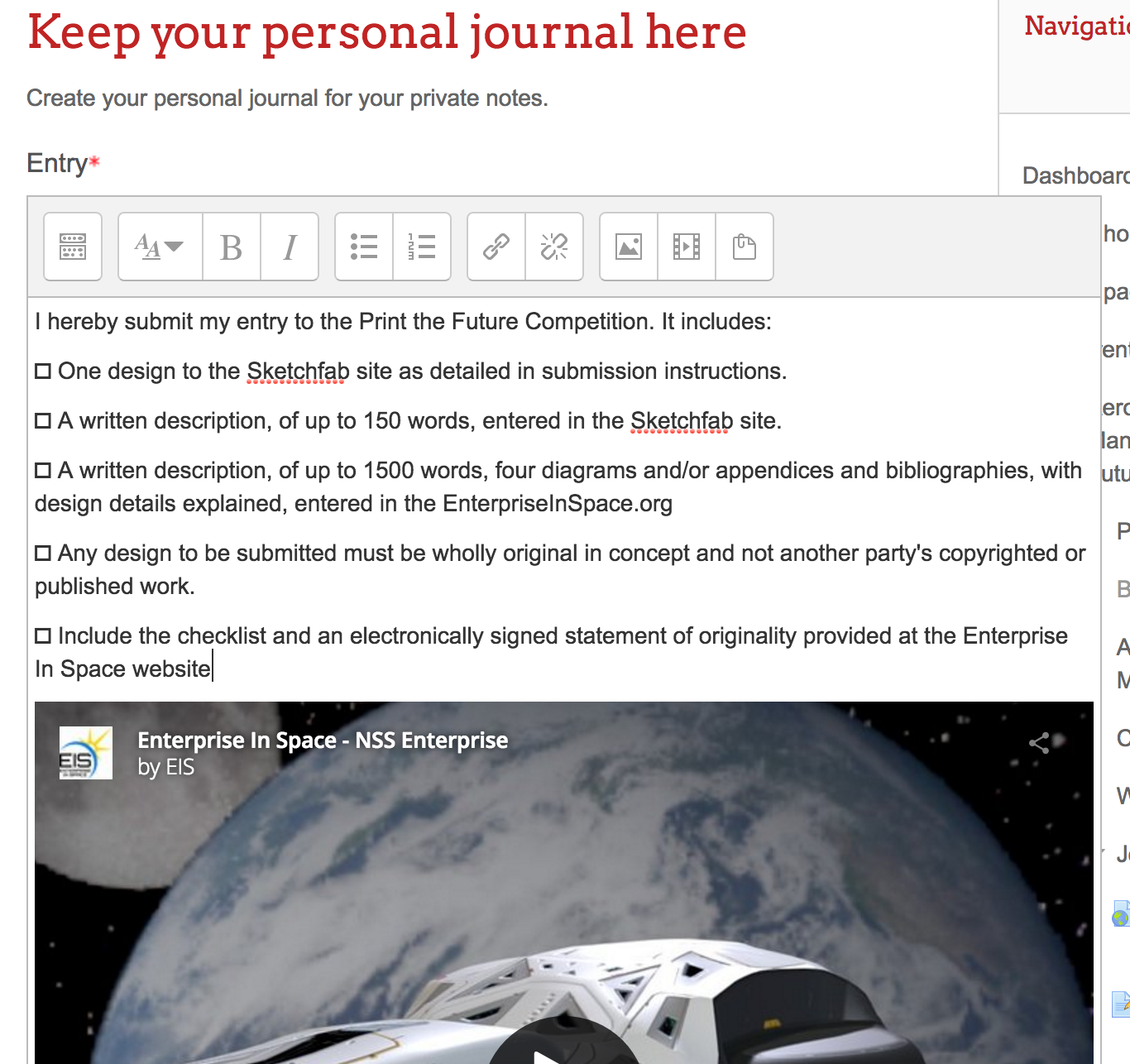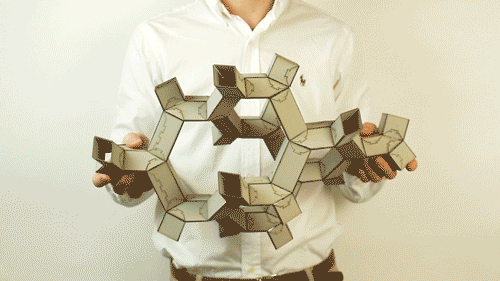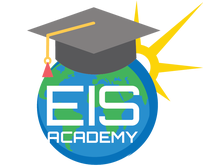Aerospace Additive Manufacturing (Print the Future)
Topic outline
-
Aerospace additive manufacturing (AM), also known as 3D printing, is one of the most active areas of 3D printing right now, with a number of companies producing unique components for use here on Earth and in space. For Enterprise In Space (EIS), work dedicated to AM in space is of particular importance, as it will help humanity further explore and, eventually, inhabit the cosmos. Currently, on the International Space Station (ISS), there are two 3D printers installed by EIS partner Made In Space. The Additive Manufacturing Facility (AMF) is dedicated to commercial projects and will be used for EIS' Print the Future Competition.
By 3D printing objects in space, it's hypothesized that we will be able to manufacture large-scale structures that may have been impossible to ship into space via rocket, due to the size and weight limitations of rocket travel. After shipping the necessary feedstock to a site like the ISS, it may be possible to 3D print objects that would have previously taken up space on the payload of a rocket. For instance, Made In Space is working with a company called NanoRacks to 3D print CubeSats aboard the ISS, potentially saving much of the money required to deploy those CubeSats from a rocket.
Made In Space is also developing a technology called the Archinaut for 3D printing and assembling large structures in space. The idea behind this NASA-funded project is to produce objects in the vacuum of space and then assemble them into larger systems, like satellites and solar arrays.
To help drive this technology forward, EIS has launched the Print the Future Competition, which invites university through postdoctorate students to submit designs for experiments or projects that can be 3D printed aboard the ISS. For more information about the competition, take a look at the section below.
-
Forum
-
-
-
The National Space Society's Print the Future Competition invites eligible persons to submit a 3D model design for a project/experiment that advances the state of the art in one or both of these areas:
Additive manufacturing processes in space
Space structures for future space development and settlement
The project/experiment may be brought back to Earth and its structural and/or nano-properties may be compared to prints done on the analog additive manufacturing facility ("AMF") located in California, USA. It may also assemble or expand to become larger than the printing bounds of the AMF located on the International Space Station.
For specific printability requirements, see the AMF Users Guide in the section below.
Eligibility
Competition is open to:
1. All students across the globe.
2. Who are 18 years of age or older at the time of entry.
3. Who are Virtual Crew Members of Enterprise In Space.
How to Enter
Prizes
Step 1: Sign up each member of your team (up to five persons) as a Crewmember on the Print The Future Competition Registration page. Beam your team up aboard the NSS Enterprise and sign up each team member as a Crewmember on EIS page by February 15, 2017. (If you cannot afford the $20 Donation to EIS, please contact us here: ISS@enterpriseinspace.org)
Step 2: Complete your application* by registering your team to the Print the Future Competition
Step 3: Sign up as a Print the Future Team on Sketchfab, using your Virtual Crew Member Credentials.
Step 4: Upload your design submission package to the EIS Academy.
A submission package must include:
One design to the Sketchfab site as detailed in submission instructions.
A written description, of up to 150 words, entered in the Sketchfab site.
A written description, of up to 1500 words, four diagrams and/or appendices and bibliographies, with design details explained, entered in the EnterpriseInSpace.org
Any design to be submitted must be wholly original in concept and not another party's copyrighted or published work.
Include the checklist and an electronically signed statement of originality provided at the Enterprise In Space website
To upload your designs:
Once, you've joined the EIS Academy (which you must have because you're reading this entry!), create a new journal entry, click "Keep your personal journal here".
Once you've done so, you'll be able to upload the text of your submission, along with any supplementary material, such as figures and a link to your Sketchfab model. If you're HTML savvy, you can also embed your Sketchfab model directly into your journal.

Upon completion, email iss@enterpriseinspace.org to alert us to your submission.
-
Journal
-
-
Below, you will find resources to help you better understand additive manufacturing and manufacturing in space. Included are links to articles that may inspire ideas for the Print the Future competition:
The Purpose of 3D Printing in Space:
As mentioned in the "About" section, 3D printing will be vital for fabricating objects in space, thus reducing our reliance on rockets for transporting supplies. Many have already begun imagining how this might look, including the types of things that will be printed, the materials that will be used, and the applications of the technology.
- Turning an asteroid into a spacecraft.
- 3D-printed habitats on the moon and Mars.
- 3D printing using materials from asteroids and moon rock.
- 3D printing organs that may grow more quickly due to the environment of space.
- Building space drones for exploring and 3D printing on the moon, Mars and asteroids.
- 3D printing with recycled material.
- Building satellites and solar arrays.
Unfolding/Expanding Structures

A structure that changes shape, designed by Harvard researchers. (Image courtesy of Harvard John A. Paulson School of Engineering and Applied Sciences.)
It is possible to 3D print objects that can unfold to become larger than the AMF's build volume. Here are a few examples of objects that expand or unfold.
- Transformable, reconfigurable meta materials from Harvard
- "Kinematics", a design concept from Nervous System used to 3D print a custom dress within a smaller build volume.
- Lawrence Livermore National Laboratory (LLNL) 3D prints metal materials in which microscopic structures yield macroscopic physical properties (strength, flexibility, heat shrinking etc.)
- Expandable space habitats from NASA and Bigelow Aerospace
- Digital Mechanical Metamaterials from Hasso Plattner Institute
-
FilePlease see attached user's guide. The sheet I provided to you previously takes all of the general items that are expressed in this document and downselects for the quote given. There's some general design guidelines and equipment overview for the designer.Michael SnyderChief EngineerMade In Space
-
-
Forum
-
